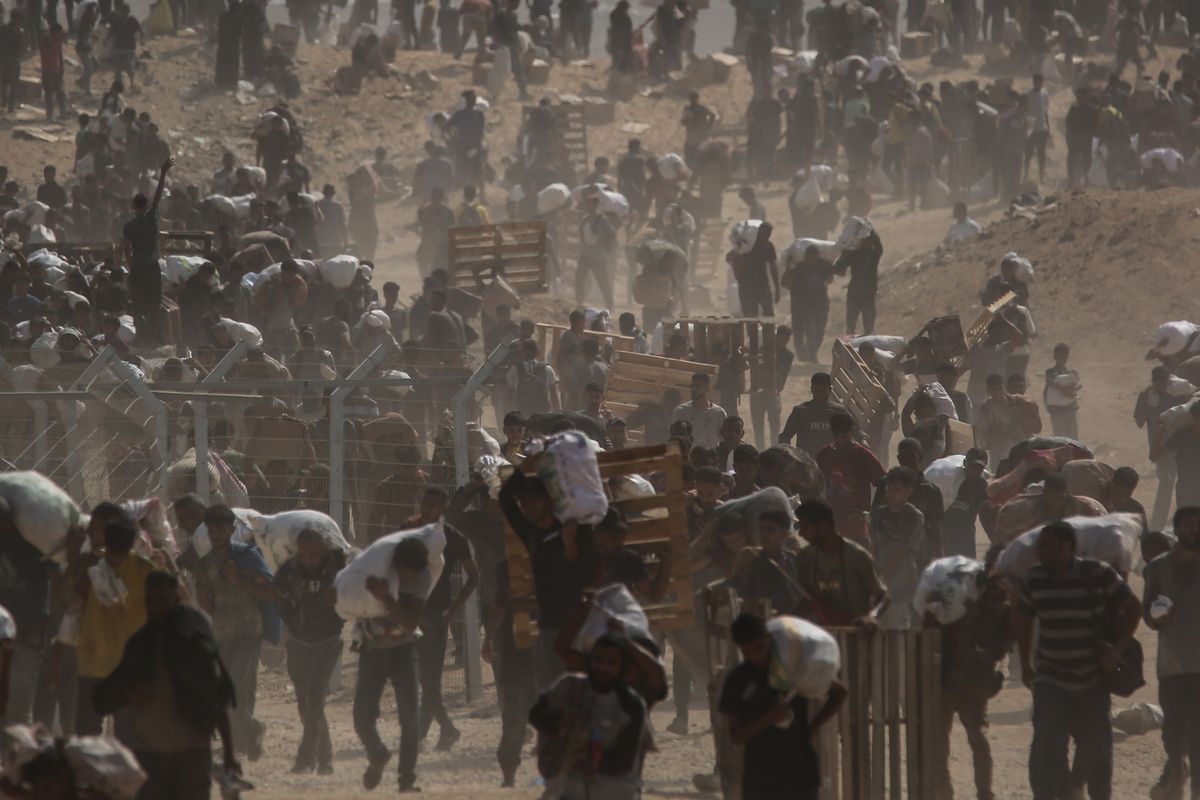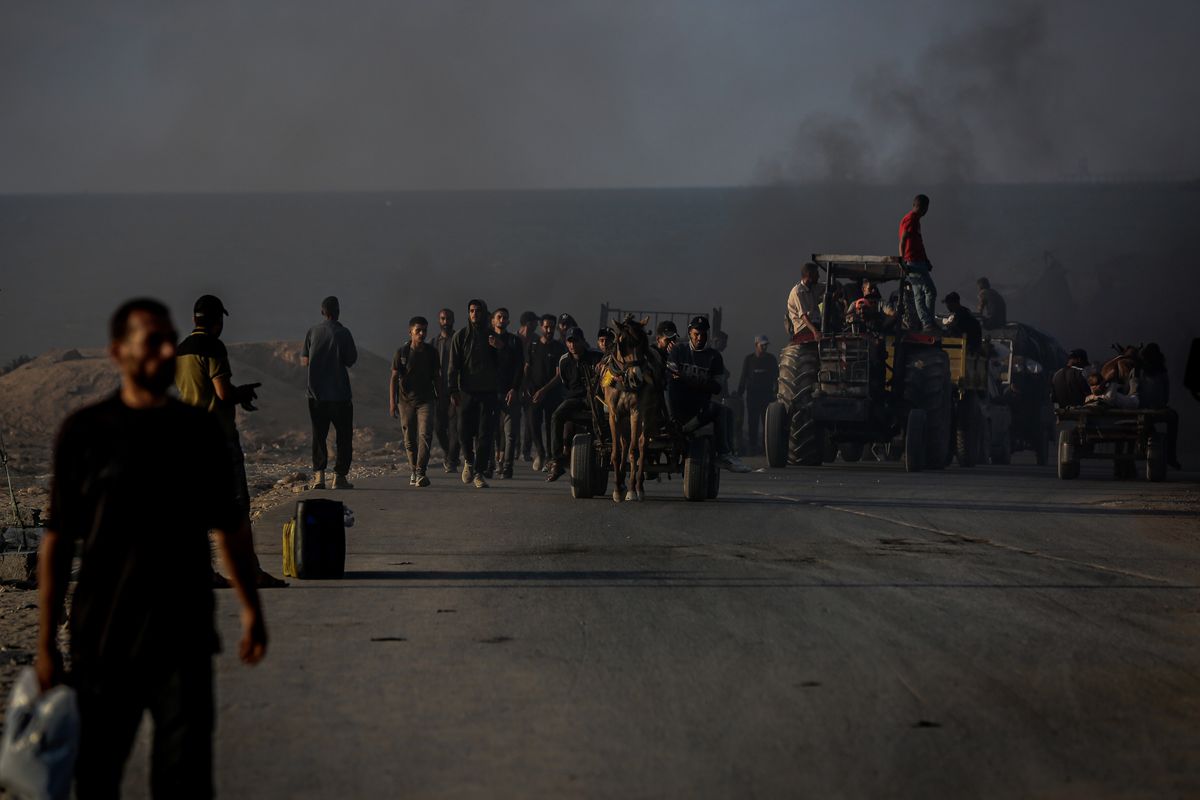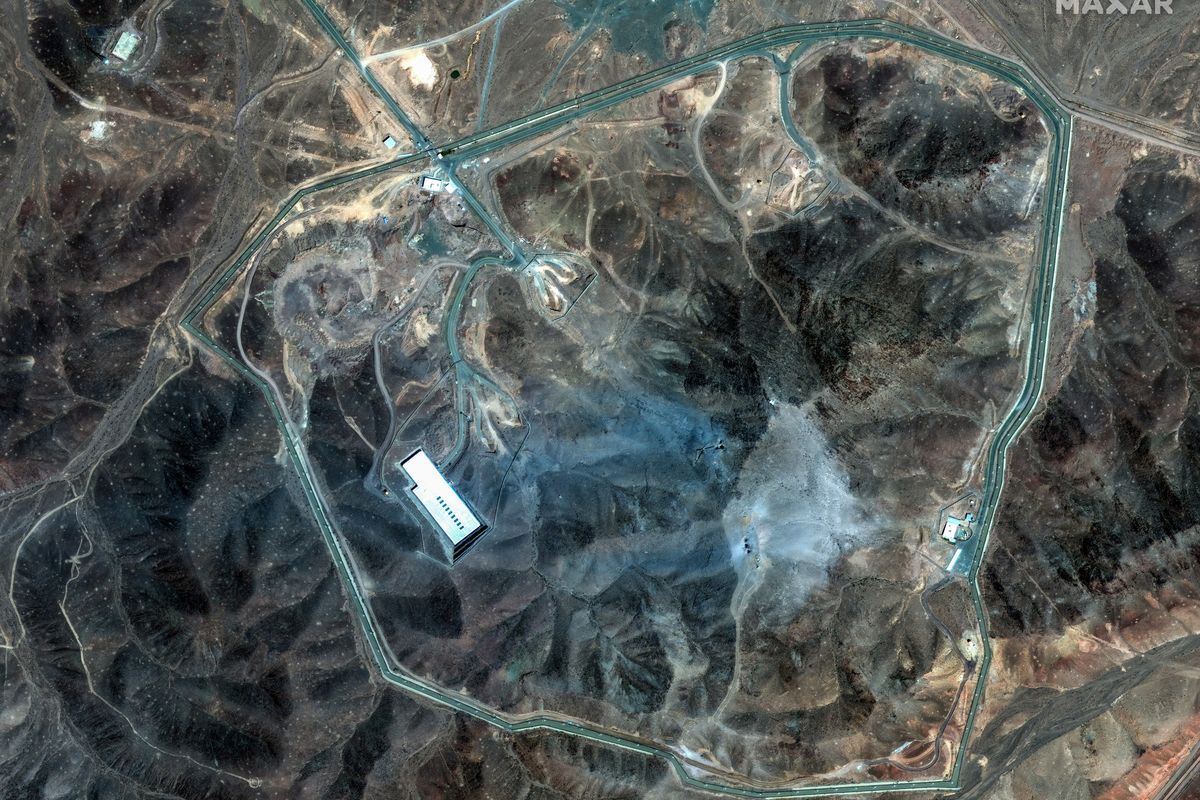Turkey’s announcement of what Turkish President Recep Tayyip Erdogan called “a serious operation in Idlib” last Saturday has injected uncertainty into the Syrian civil war, but one thing is clear: militarily, the Syrian government of President Bashar al Assad is winning. The question now becomes: to what extent will the U.S. be willing support the advance of its local allies in eastern Syria? And, will it maintain support for the group after ISIS is defeated in Raqqa?
Assad’s forces now control the majority of Syria’s population and major urban centers, while remaining opposition forces are scattered in unsustainable enclaves across the country and have begun to fight amongst themselves. Meanwhile, the Astana Process – a ceasefire negotiation platform guaranteed by Russia, Iran, and Turkey – has allowed Assad to pacify certain fronts of the war as he escalates the fight against ISIS in the east near Deir al Zour.
For the moment, it seems the battle to capture ISIS’ last remaining territories in the east is Assad’s main focus. And, this has direct ramifications for U.S. policy in the country as Assad’s eastern operations quickly become a race against Syria’s second most powerful landholder: the Kurdish-led and U.S.-backed Syrian Democratic Forces (SDF).
The SDF is closing in on the last 300-400 ISIS fighters holed up in a small 1.5 square mile slice of the caliphate’s self-proclaimed capital in Raqqa. Meanwhile, alongside U.S.-led coalition forces, the Kurdish-led SDF has turned its eyes to as-yet unclaimed ISIS territory near Deir al Zour and advancing Syrian government forces.
The Assad regime’s battle against rebel forces in the west, especially in the largest opposition-controlled holdout around in Idlib, does continue. However, barring a major offensive or new action spurred by Turkish intervention in the Idlib region, the prize of the day is in the east.
“At the end of the day,” says Syria expert and Fellow at the Washington Institute, Fabrice Balanche, “Damascus’ top priority remains the province of Deir al-Zour. The Syrian rebellion in western Syria is no longer powerful enough to constitute an existential threat.” This means that the regime has a relatively free hand to snap up ISIS territory - effectively the only neutral area for expansion left in a country where local forces backed by major outside powers are hardening their zones of influence.
This race in the east is important to U.S. interests for two reasons. First, as the battle to liberate Raqqa nears its end, a large number of ISIS forces have retreated into Deir al Zour region, and high level targets may be hiding out in this last refuge. Second, if Syrian regime forces capture the town of Abu Kamal and the border crossing at al Qa’im, Assad’s most important regional ally, Iran, will have a clear and secure route to supply its proxy forces across the region from Iraq to Assad in Syria and Hezbollah in Lebanon.
The stakes are high, and the situation appears to be stalemated. SDF forces are closely supported by the U.S.; Assad’s troops are supported by Russia. So for now, neither side is likely to attack the other, which makes this a game of strategic positioning through the capture of ISIS territory. Assad has quickly drawn troops away from the city of Deir al Zour, which is not yet cleared, to push further east and surround the town of Mayadin. Moving these forces so fast delays the operation to crush ISIS’ remaining forces in Deir al Zour city, but it effectively blocks the SDF from approaching Mayadin.
What’s raised even more concern in Washington is the threat of an Iranian “land bridge” to the Mediterranean.
If the Trump Administration decides to play a greater role in the Syrian conflict after Raqqa falls, it could block such a land bridge by maintaining the U.S. base at al Tanf – near the southwest border crossing with Iraq – and pushing SDF troops to reach al Qa’im before Assad or allied Iran-backed militias.
However, says Fellow at the Century Foundation and Syria expert, Aron Lund, if that happens, Iran “will just pave a new road through the desert.” In his view, “Iran will have land access” no matter what. “You’re not going to deprive them of that unless Trump decides to go all in and own the whole Syrian-Iraqi border for years or decades to come,” he writes.
That kind of investment would likely mean thousands of U.S. troops on the ground in Syria, which is a concept that President Trump has shown little interest in. Accordingly, if the Trump Administration does decide to continue a post-ISIS presence in Syria, it will be more limited in scope, focused on delaying and harassing the extension of Iranian influence and hardening captured ISIS territory against future insurgency.
Yet this strategy also comes at a cost. Continued U.S. military presence in Syria means continued U.S. support for the Kurdish YPG, which forms the military backbone of the SDF. Turkey views the YPG as an extension of its own militant Kurdish organization, the PKK, and U.S. support for the group one of the key factors driving a stake through the heart of U.S. –Turkish relations. With the suspension of visa services between the two countries last Sunday, relations with Turkey – an indispensable NATO ally and ally in the war on terror – have hit their lowest point in 40 years.
There is no easy solution to any of these problems, but the United States is fast approaching a key decision point in the Syrian conflict. Until now, the Trump Administration has limited its Syria policy almost solely to the eradication of ISIS-controlled territory in the country. That territory will soon be gone, but that may only the beginning of the story in this conflict. ISIS and other groups will almost certainly continue to fight as insurgents in the liberated territory, Iran’s influence will continue to spread, and the al Qaeda-affiliated opposition group, Hayat Tahrir al Sham, has become one of the most powerful players in Idlib and other rebel-held areas of Syria. Washington will soon need a clear strategy to either deal with these long term threats – or be prepared to leave.
Fritz Lodge is a Middle East analyst at The Cipher Brief. Follow him on Twitter @FritzLodge.











